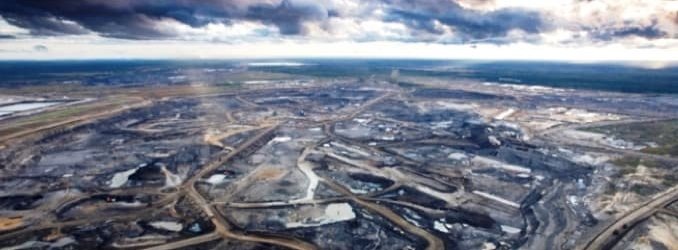Absolute greenhouse gas (GHG) emissions from Canada’s oil sands increased by less than 1% in 2024, even as production climbed by 150,000 barrels per day (bpd), according to a new analysis by S&P Global Commodity Insights. The findings underscore the sector’s continued progress in improving efficiency and reducing the carbon intensity of operations.
The analysis shows that total annual emissions rose by less than 1 million metric tons of CO₂ equivalent (MMtCO₂e) last year. Since 2019, absolute emissions have grown by about 5 MMtCO₂e—an average increase of just 1% per year—compared with nearly 12 MMtCO₂e during the preceding five-year period (2015–2019). Over the same span, production expanded by nearly 400,000 bpd, reflecting steady operational optimization across oil sands projects.
“The story of oil sands intensity reductions is now well established to the extent that it is becoming the expectation,” said Kevin Birn, Chief Canadian Oil Analyst at S&P Global Commodity Insights. “Operators continue to focus on growth through optimization, which drives more barrels for similar levels of energy and emissions.”
S&P Global estimates that the average GHG intensity of oil sands production fell 3% in 2024 to 57 kilograms of CO₂ equivalent per barrel (kgCO₂e/bbl)—a 28% reduction since 2009. The firm attributed the 2024 decline to efficiency gains across both mining and in-situ operations, although an increase in mined synthetic crude oil (SCO) output modestly offset overall progress.
Looking ahead, S&P Global expects absolute emissions to rise at a slower rate as producers continue lowering GHG intensity. However, analysts cautioned that continued production growth could delay an eventual peak in total oil sands emissions. “The potential for a peak remains, but each year of stronger-than-expected production growth moves that prospect a bit further into the future,” said Celina Hwang, Director of Crude Oil Markets at S&P Global Commodity Insights.

